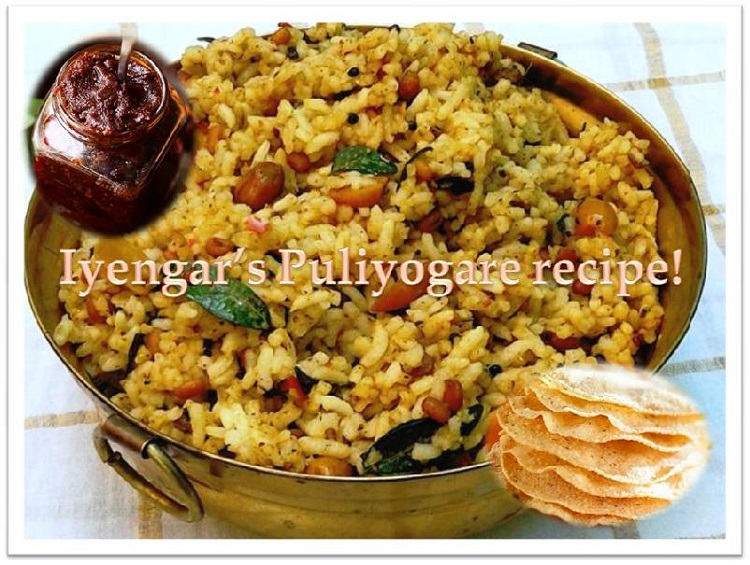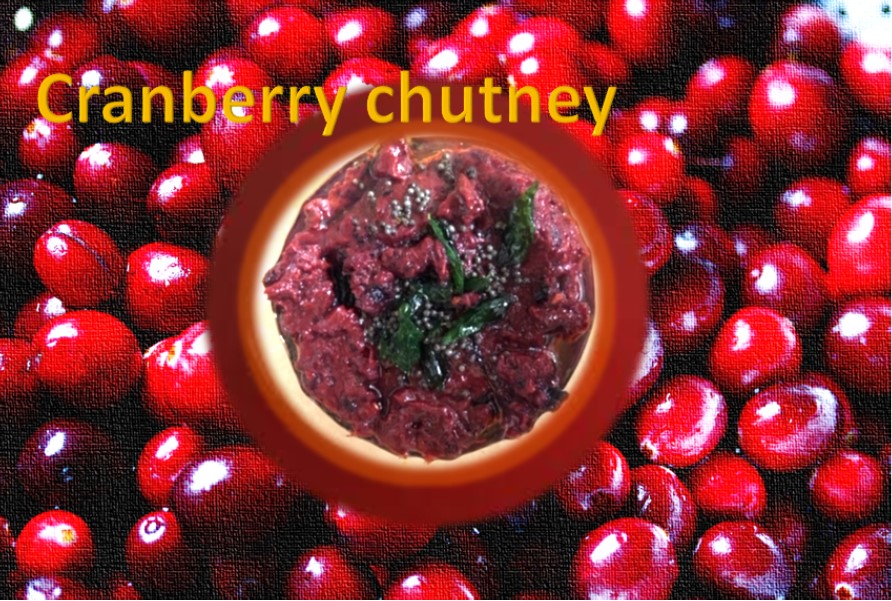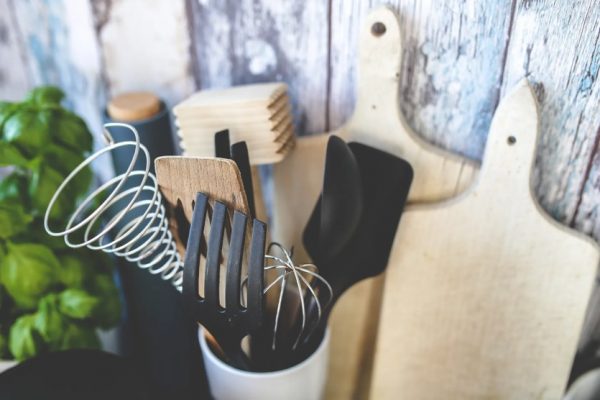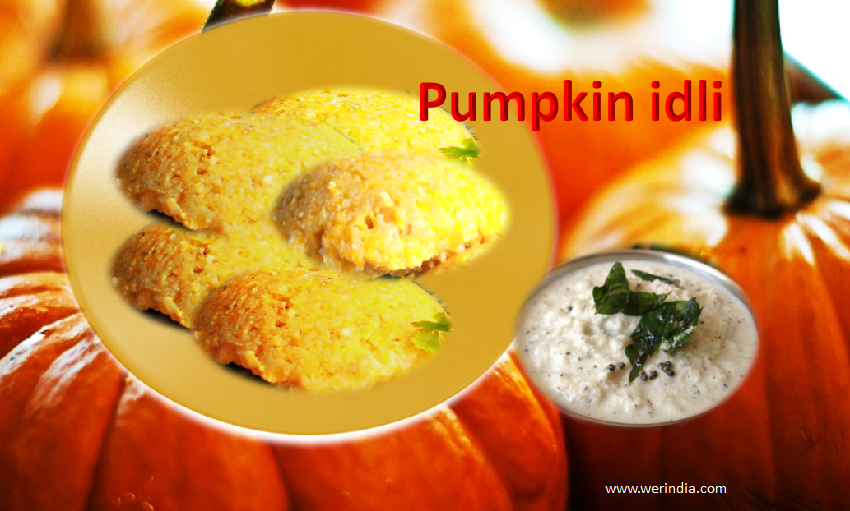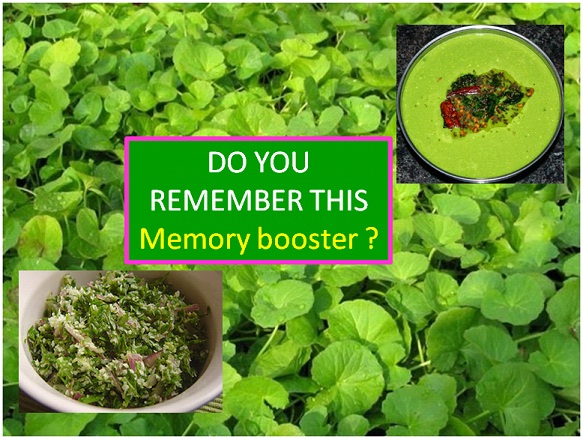
Memory Booster: Gotu Kola (Ondelaga ,Timire) Dishes
“GOTU KOLA IS REGARDED AS THE MOST SPIRITUAL OF ALL HERBS PROBABLY BECAUSE OF ITS DEVINE CHARACTERS”
If you are in India, probably you will see a runner plant often on roadsides and paddy fields or in farms that have beautiful heart shaped leaves with tender stems. These plants are known as Centella asiatica, or as gotu kola, is an annual herb native to India, Australia and Asia. Its leaves are eaten as a vegetable and it is an important herb in the traditional medicine systems of these places. Research has revealed support for several of Centella asiatica’s purported health benefits. Gotu Kola is a rejuvenating nervine and recommended for nervous disorders, epilepsy, senility and premature aging. As a brain tonic, it is said to aid intelligence and memory. Grandmothers and native herbalists often suggest to young parents to feed gotu kola leaves to their kids to improve kids memory. It also, strengthens the adrenal glands and cleanses the blood to treat skin impurities. One of its constituents, asiaticoside, works to stimulate skin repair and strengthen skin, hair, nails and connective tissue. In India, Gotu kola is regarded as perhaps the most spiritual of all herbs. Growing in some areas of the Himalayas, gotu kola is used by yogis to improve meditation.
Here are two easy Gotu kola recipes:
1) Gotu kola salad:
Ingredients:-
- Centella bunch or gotu kola : 1 bunch
- Shallots chopped : 5-6
- Green chilli : 3
- Grated coconut : 2 Tbs
- Lime Juice: Half Tsp
- Freshly ground pepper: Half Tsp.
- Salt: For taste
Method:
Wash and finely cut the gotu kola. Remove any roots or basal part that has root hairs.
Chop the shallots and green chili.
In a medium bowl, mix gotu kola, onion, green chili, grated coconut, pepper and salt together.
Lastly add limejuice and mix again.
Serve this salad before meal or as a side dish with rice, chapatti or rotis.
2) Gotu kola chutney:
Ingredients:
- Gotu kola Leaves : 1 bunch
- Coconut : 1 Cup
- Urd daal : 1 Tsp
- Pepper: 1/2 Tsp
- Tamarind : 1 Small Marble size
- Asafetida : a pinch
- Salt : as needed
- Cut raw mangoes : Half cup: Optional (if available in the season)
Method :
- Slightly dry fry the gotu kola leaves, pepper and urd daal.
- Allow it to cool
- In a wet grinder add tamarind, asafoetida and fried ingredients along with grated coconut. Grind to fine paste.
- Add salt and mix well.
- In a frying pan for seasoning heat little oil add mustard, red chilli and curry leaves. Before serving, add seasoning to the chutney.
- Serve chutney with, idli, dosa, white rice or as a side dish.
- One can add curd /yogurt to this chutney and have as raita with pulav and other spicy rice dishes.
Reference:
https://healthylife.werindia.com/your-road-to-healthy-life/gotu-kola-centella-asiatica
Recipe: www.werindia.com
Author: HealthyLife | Posted on: November 16, 2017
« Traditional Iyengar’s Puliyogare Recipe Delicious and healthy buttermilk rasam »


